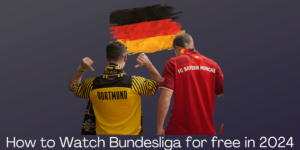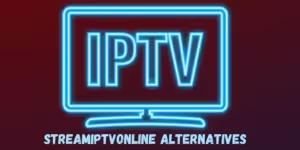Blockchain, which is the foundation of Web3, changes the way data is stored on the back end of the Web. This is because we now live in a connected world. “Decentralized finance” is Web3’s idea for a more open and accountable financial system. Web3 needs to use blockchain technology to make the internet fairer. Looking for a secure blockchain trading platform check https://bitcode-prime.live/
Trades that don’t take place in one place:
This means that users always have full control over their private keys, even when they are making financial transactions. DEXs use “smart contracts,” which are computer programs that can run on their own based on rules that have already been set. The blockchain is a shared ledger that keeps track of each transaction.
Giving, taking, and betting:
One of the most common ways that distributed finance platforms are used is to make peer-to-peer money markets where a wide range of goods and services can be bought and sold. Users can borrow, lend, and bet crypto assets on decentralized money markets. This is because a number of pooled liquidity sources are provided by these markets to the protocol (LPs). Decentralized finance (DeFi) lending markets are still growing as more ways to invest and use money are put into practice on a regular basis.
Assets that were made by humans:
Synthetic assets make it possible to make blockchain-based tokenized assets that look like stocks, bonds, commodities (like gold and silver), indices, fiat currencies, and interest rates. These tokenized assets can be made with the help of fake assets.
Non-fungible tokens (NFTs):
NFTs are a kind of cryptographic asset that can’t be changed and can be checked. These assets can be used to represent anything from trade cards and artwork to unique access tickets. NFTs’ market share has been steadily growing, and they are quickly becoming one of DeFi’s most important markets.
These assets are often used on “play-to-earn” (P2E) blockchain platforms. The goal of these systems is to give players something for all the work they put into a game. Also, buying and selling non-fungible tokens (NFTs) on non-fungible token markets is becoming more common. This is done to buy and sell crypto art, digital art, music, and other forms of media that can only be bought and sold with non-fungible tokens.
The following things were done by both DeFi and Web3:
Even though blockchain technology, Web 3, and decentralized finance are not the same thing, they have a lot in common. In particular, they use systems that aren’t run from one place. People know these systems for:
Decentralized:
In the context of a blockchain, decentralization is the way the network works without a central middleman in charge. This is often shown by a network of nodes that are all over the world and are in charge of how the network works.
Non-custodial:
When something is “non-custodial,” it means that the user’s money is not kept by a bank or another financial service company. Users don’t have to rely on centralized systems because they can use a wide range of financial tools (lending, borrowing, staking, etc.) to meet their own needs. Users can get their money whenever they want since this doesn’t need to be supervised or approved by a financial institution.
Programmable:
Programmability is the ability of a network infrastructure to handle an almost infinite number of use-case-specific iterations. Programmability lets people who make software build network infrastructure. Most of the time, this is done with the help of smart contracts, which let people do certain things in real-time without the help of a third party.
Economies and ways of running the government based on tokens:
Both DeFi and Web3 have economic and political systems that are mostly based on tokenizing assets and making administration less centralized. Proof-of-stake (PoS) is a type of architecture that is used to build many blockchains and DeFi platforms. Because of this infrastructure,
people who are part of the network can have a say in how these systems change over time. Compared to more traditional methods, the fact that users can now buy, sell, and invest in fractionalized and completely divisible digital assets makes it much easier for consumers to get started.




